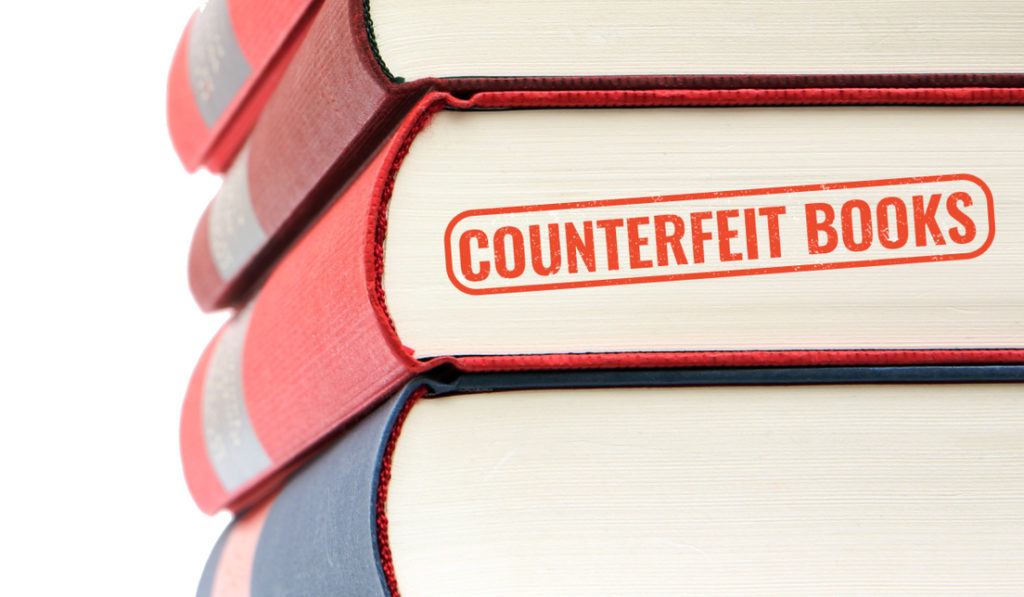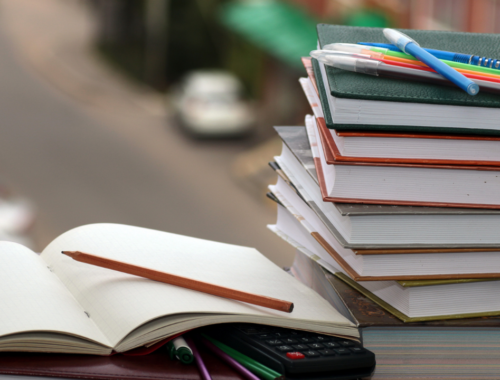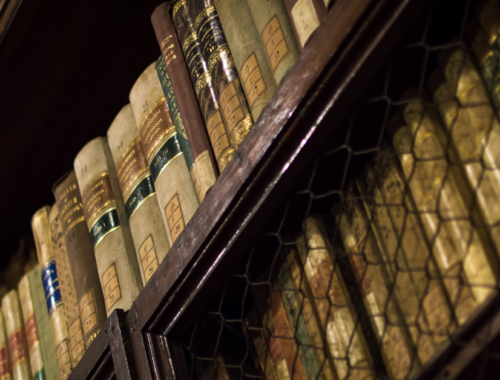
Most people re-selling counterfeit books don’t even know their books are counterfeit. Nevertheless, there are many counterfeit textbooks circulating online marketplaces. Here are some common discrepancies to look for so you can make sure you’re buying the real deal. It will be easiest to identify a counterfeit textbook if you can compare it to the tangible or picture version of the authentic textbook.
Blurry Text/Logos
Check the text and logos on the front and back covers. These are blurry on counterfeit copies. Pictures on the inside of counterfeit books are often blurry or black and white.
Off-Center Text
Text on the spine is nearly always centered in the middle of the spine. If the text on the spine is closer to the front or back cover, this may indicate a counterfeit book.
Copyright Mark
In a genuine copy, a copyright mark will be on the cover or title page, with this ©. In counterfeits, you find a black dot without the “c” in the middle. Use a magnifying glass to examine the copyright symbol closely on your book.
Uneven Glue in Spine
Genuine books will have the pages glued to the spine to create an even curve on both sides of the spine. Counterfeit books often have uneven glue to one side, slanting the book spine. Below are some examples from BooksRun.com.
Images and Text Bleeding Through the Page
While most counterfeit books are text only, some include images. Images usually bleed through pages because counterfeiters use low-quality paper for printing.
Compare your book to classmates’ books or an image online to see if it might be counterfeit. Counterfeit copies are made from low quality paper and are typically thicker than genuine books. Remember, if you send a counterfeit copy to a buyback company, they will NOT pay money for your book. If you suspect that you may have a counterfeit book, you should contact the vendor you are planning to sell to. Our vendors are experts and often know some specific titles to watch out for.


 at the best price with a single search!
at the best price with a single search! 




